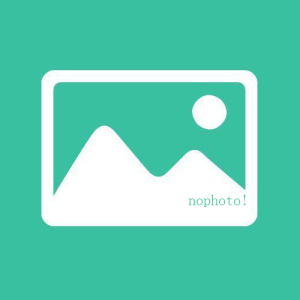A Social Hotspot: Debating at the Dining Table
Recently, the topic of “Luo Yonghao × Xibei Prepared Food” has sparked heated discussions.
Is it prepared or freshly made? Should it be labeled? Who is telling the truth?
The public is not simply rejecting prepared food — they are asking:
👉 What exactly am I eating?
👉 Why hasn’t this information been made clear?
At its core, what consumers demand is the right to know and transparency.

The Same Dilemma Inside the Workshop
Now, shift the scene from the dining table to the workshop.
In manufacturing, tool management faces a similar hidden problem.
If the whereabouts, lifespan, and status of tools lack transparency, it can trigger a chain of risks:
Efficiency risk: Without accurate lifespan data, tools may be scrapped too early or replaced too late, disrupting production rhythm.
Cost risk: Uncontrolled consumption and inaccurate inventory make procurement planning unreliable.
Accountability risk: Without clear issuance and return tracking, problems arise with no one to hold accountable.
Decision-making risk: Management is left relying on fragmented reports instead of complete and accurate data for decision-making.
On the surface, the production line is running — but the core data remains a black box.
This is no different from prepared food: you consume it, but don’t know what’s behind it.
Knowhy’s Approach: Turning the Black Box Transparent
At Knowhy, we believe tool management is not just about controlling physical tools, but about building a fully transparent and sustainable management mechanism.
Our solution focuses on three dimensions:
Traceability:
Every tool’s location, user, time of use, and return status are clearly recorded and instantly accessible.Early Warning:
The system doesn’t just record the past — it proactively issues alerts for tool lifespan expiry, abnormal consumption, or low stock, stopping problems before they happen.Optimization:
Data is not just archived — it is transformed into analytical models that help factories optimize tool lifespan strategies, procurement schedules, and cost structures.
This means managers don’t just know what happened — they can anticipate trends and take control proactively.

Transparency Is Not the End, but the Beginning
Many assume transparency is the answer. But at Knowhy, transparency is just the foundation.
On top of transparency, enterprises can:
Shift from passive response to proactive planning.
Move from experience-driven management to data-driven decision-making.
Go beyond simply controlling costs to driving efficiency.
In other words, transparency is not the result — it is the starting point for enterprises moving toward lean, digital, and intelligent manufacturing.
Final Note
The debate over prepared food highlights a shared demand: what we consume must be made clear.
Manufacturing is no different: lack of transparency is itself a major management risk.
Knowhy’s mission is to open the black box in workshops — to make the value of every tool visible, and to give every production decision a reliable foundation.
When tool management becomes truly transparent, factories can run with greater wisdom.


 +86 512 6938 3264
+86 512 6938 3264










